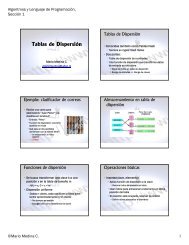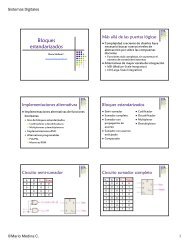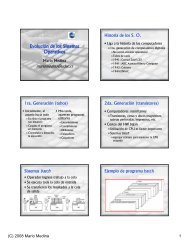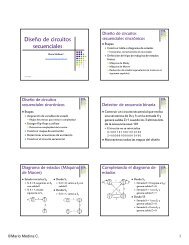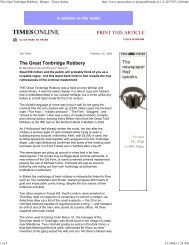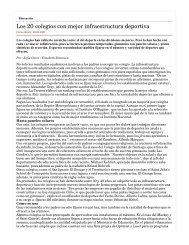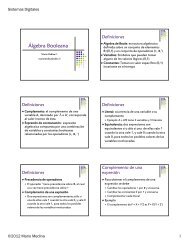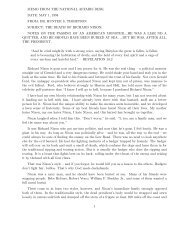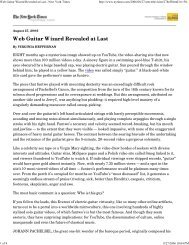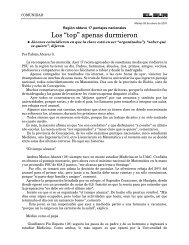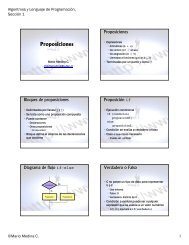A Symbolic Analysis of Relay and Switching Circuits
A Symbolic Analysis of Relay and Switching Circuits
A Symbolic Analysis of Relay and Switching Circuits
You also want an ePaper? Increase the reach of your titles
YUMPU automatically turns print PDFs into web optimized ePapers that Google loves.
23<br />
not be con sid-3red. In Fi~. 13 this method is apPlied<br />
to the bridge.<br />
The paths are marked in red.<br />
8..<br />
~_b<br />
Fig. 13<br />
The<br />
:f\.lnction 1s therefore g1 van by:<br />
X ab<br />
= (R + sHu + V)(R + T + V)(U + T + S)<br />
v<br />
:; RU + SY + RTV + UTS<br />
The same result is thus obtained as with the first<br />
method.<br />
The<br />
tl1.ird method, the dual <strong>of</strong> the second, is<br />
to draw all possible lines Which VJould br-e8k t he circuit<br />
between the points under cons!daration, making<br />
the lines go<br />
through the hinderances <strong>of</strong> the circuit.<br />
The ras111t is written as 8 sum, each term correspending<br />
to a Qdrtain line. The sa t arms a re the J:Jroducts<br />
<strong>of</strong> all the hinderances on the line.<br />
This method<br />
is apnlied to the bridge in F1~.<br />
14, the lines be1n~<br />
drawn in red.<br />
-..b<br />
Fig. 14



